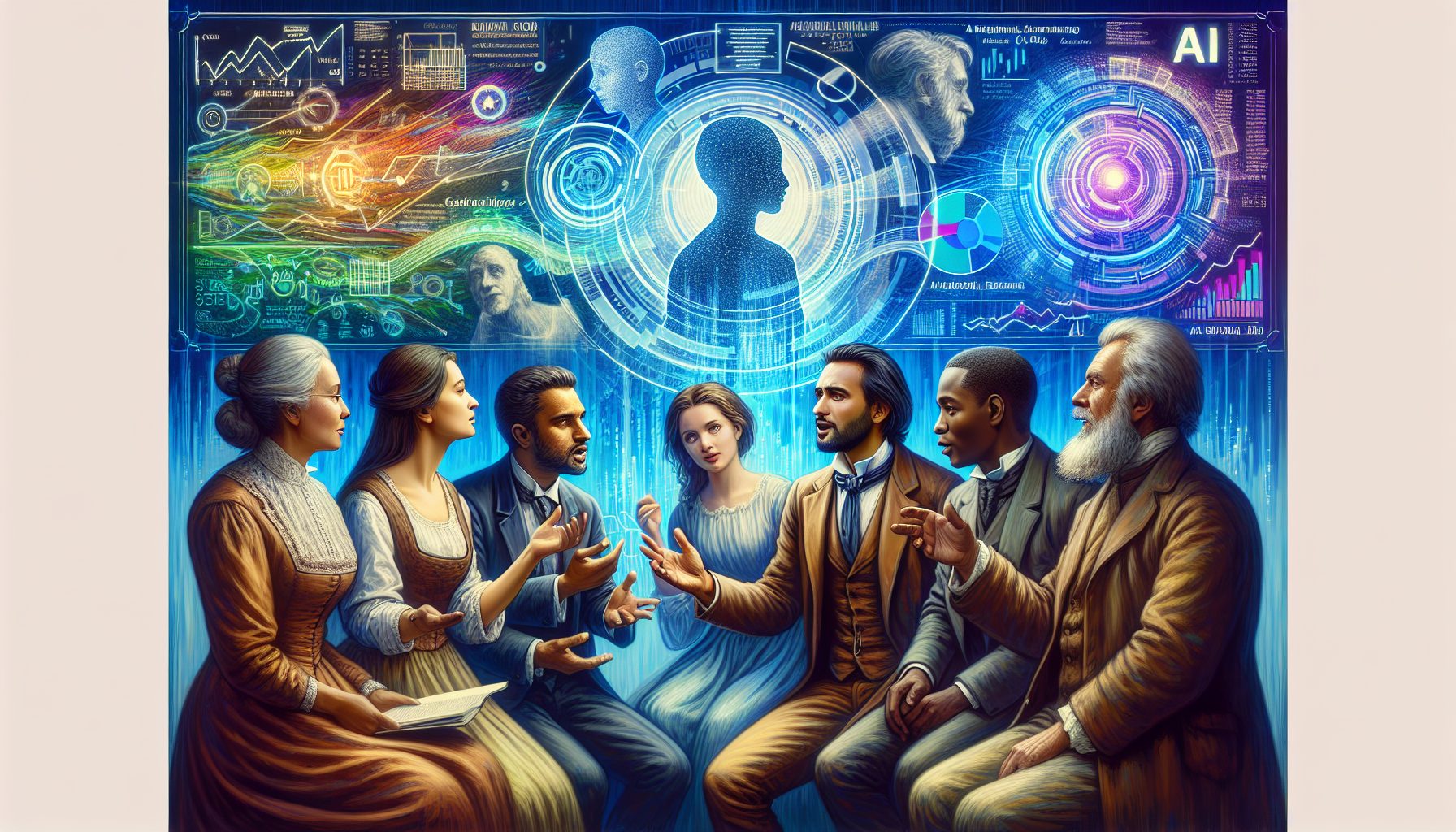Digital technology and always-on connectivity have created new and impressive opportunities for the enterprise. But behind the façade of browser interfaces, mobile apps and cloud-based data that’s accessible anywhere and anytime across the organization, there’s one simple truth: IT is becoming far more complex.
Businesses, educational institutions and government agencies are discovering that they must approach IT in new and radically different ways. Here are six information technology trends that will sweep through the enterprise over the next year:
The app-centric enterprise emerges.
Consumerization, bring your own device (BYOD), personal clouds and mobility have created an entirely different IT and computing environment. Today, the focus is less on a traditional client-server computing model that requires monolithic enterprise applications and more on narrow, highly targeted functionality through apps, which are increasingly delivered via an enterprise app store.
“The explosion of mobile devices has increased the number of tech-savvy employees over the past five years, all of whom are pushing to consumerize the way that IT departments operate,” observes James Gordon, vice president of information technology at Needham Bank in Massachusetts. “Employees want to be able to download the apps they need, and they don’t want to have to ask for download permissions or access rights in order to get their job done.”
This translates into a greater need to monitor how apps and data are used on the network and to block unwanted software that poses a security risk.
It also requires business and IT leaders to “fundamentally rethink how they deliver applications and services,” says Tiffani Bova, a Gartner vice president and distinguished analyst. “It’s not about devices, but, rather, what you can do on the devices.”
PwC technology industry sector lead Tom Archer adds that business and IT decision-makers must examine how best to adopt an app-centric framework, but they also must understand how the enterprise can fully tap the environment. “It changes engagement models, economic models and operating models,” Archer explains. “It alters workflows and creates different cost and pricing paradigms.”
The shift from personal devices to personal clouds accelerates.
Cloud computing is changing the face of the enterprise in profound ways. One of the most significant but overlooked areas involves personal clouds. Employees are turning to applications such as Salesforce, DropBox and Evernote in droves—in some cases leading organizations down the path of shadow IT. Personal clouds are also ushering in a more mobile-centric approach that allows users to rely on a spate of devices, including smartphones, tablets, laptops and desktop computers.
Gartner predicts that in 2014 the personal cloud will replace the PC at the center of users’ digital lives. “Personal clouds offer a much more flexible and productive way to manage applications and data,” says Bova.
She notes that the trend is fueling further consumerization of IT and creating a more application-centric computing environment. It’s also leading to a more OS-agnostic approach to IT and creating “new and different delivery models, pricing structures, usage patterns and application design requirements,” Bova adds.









